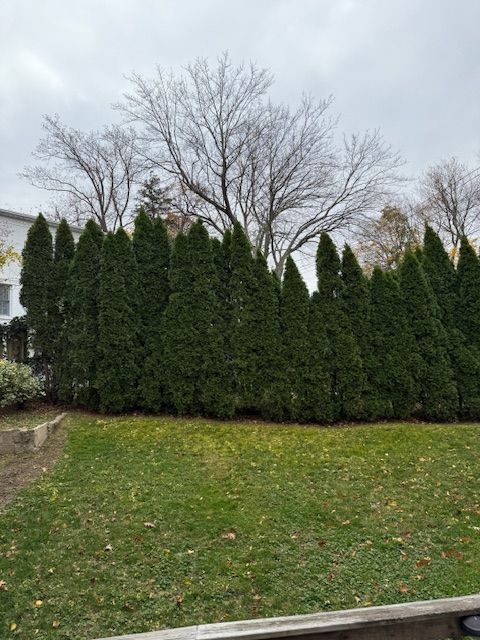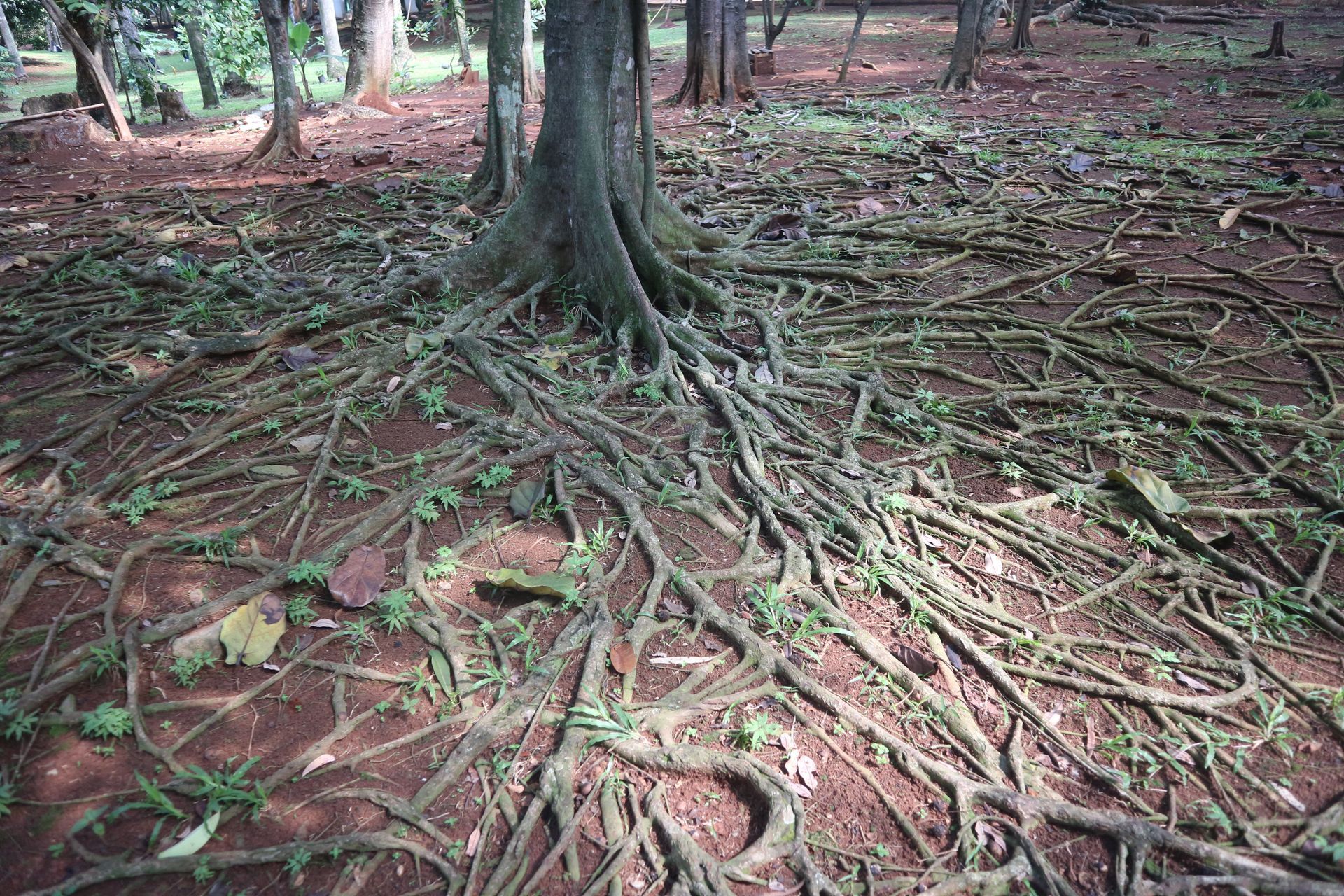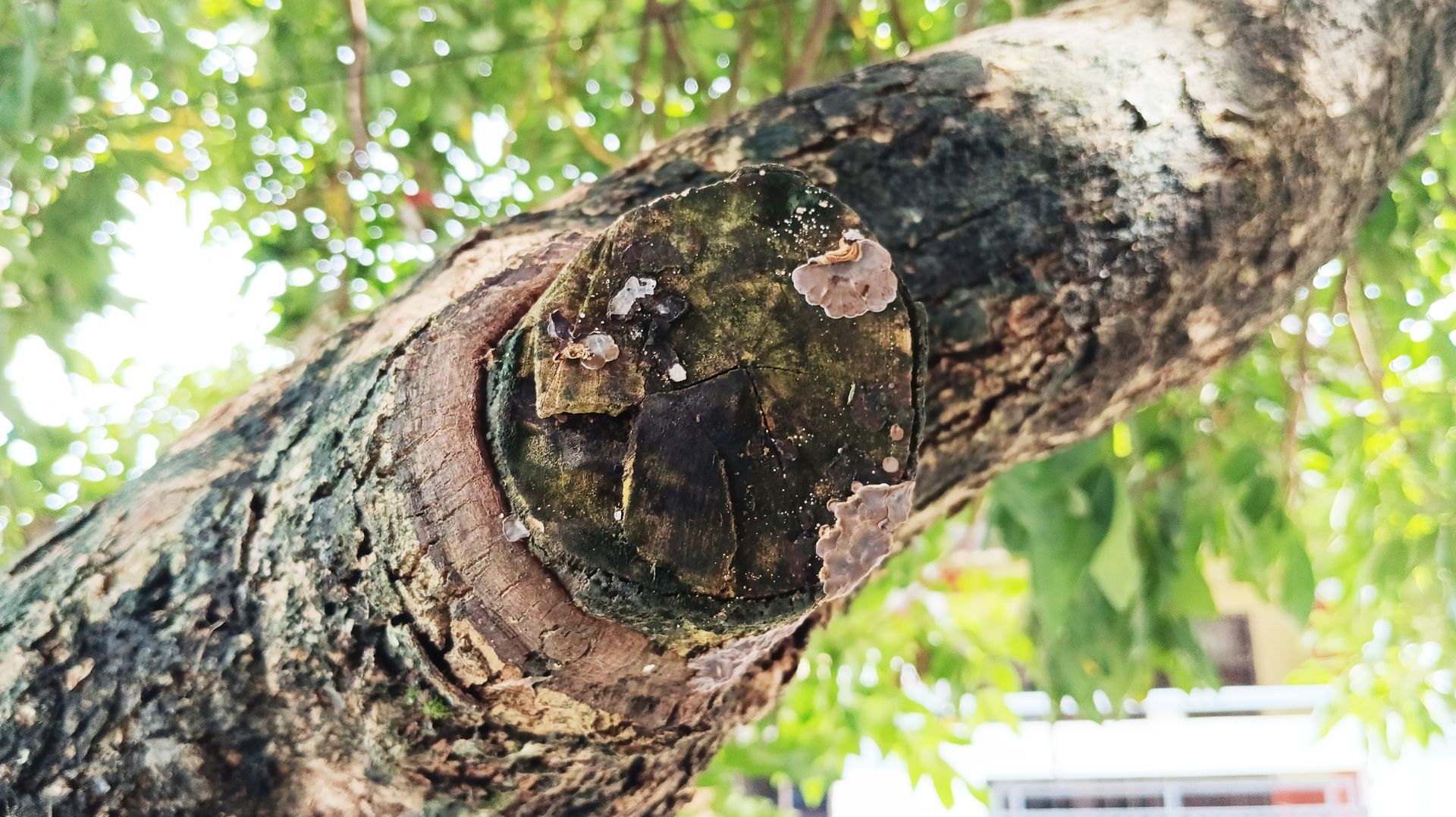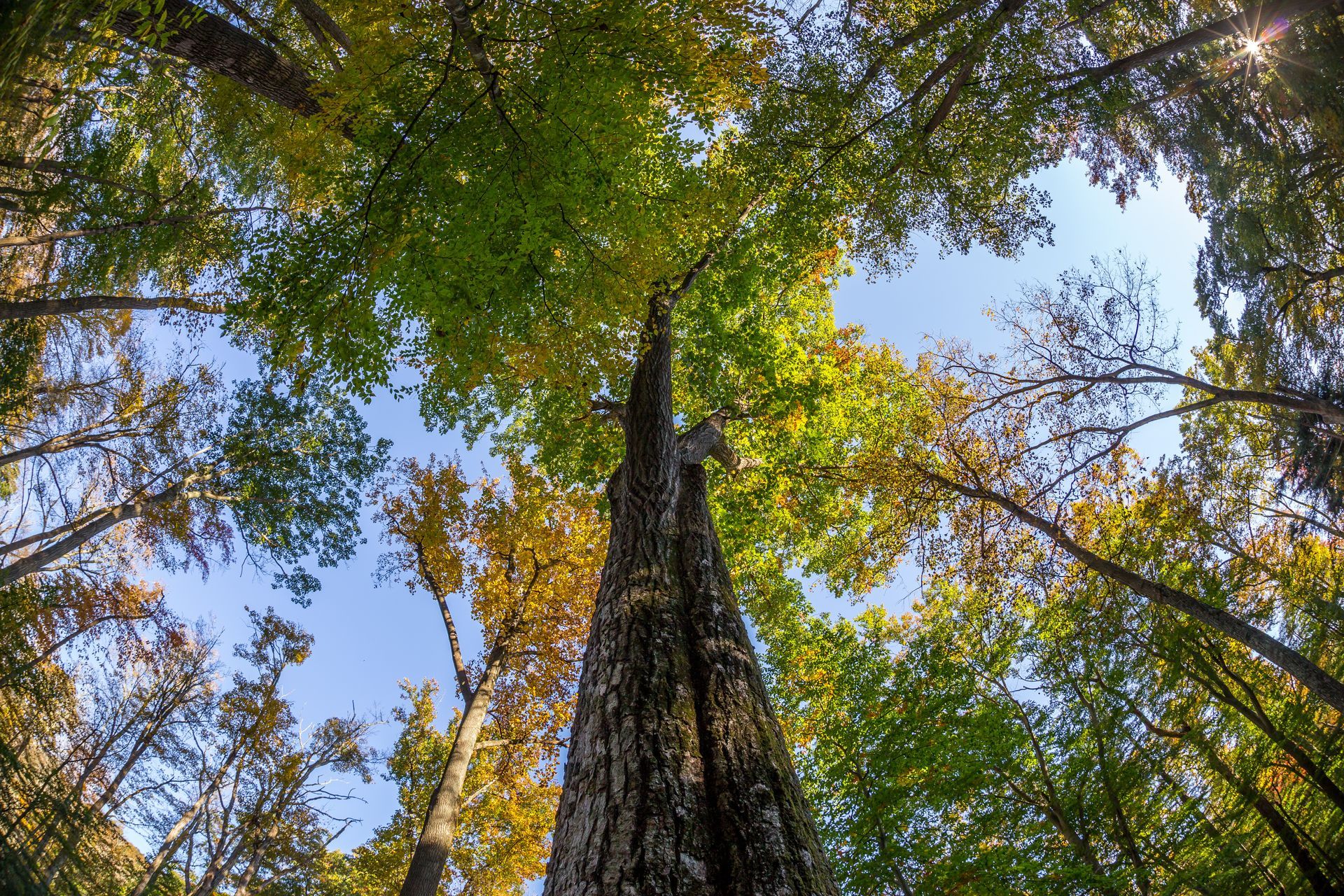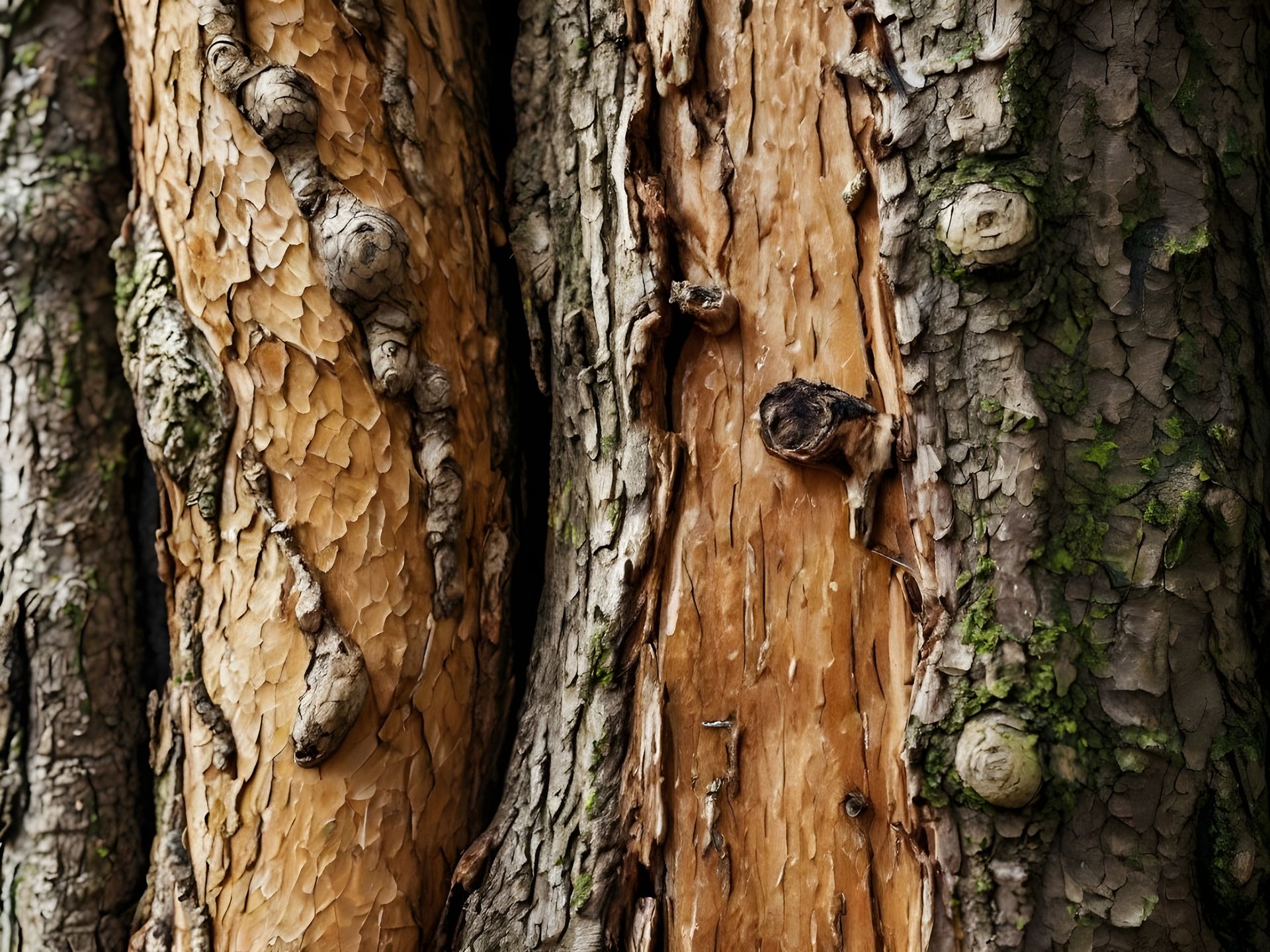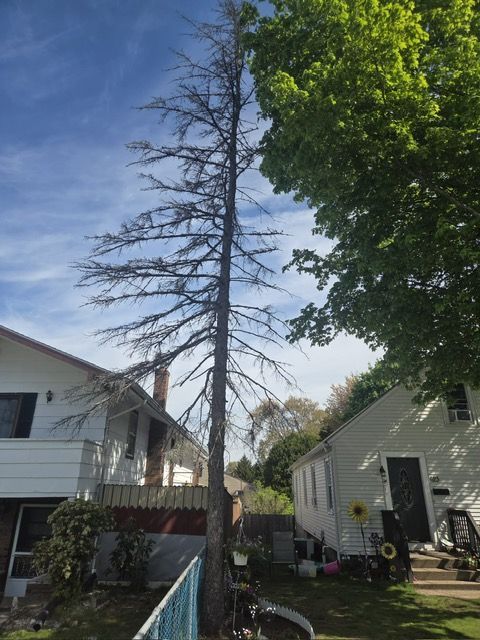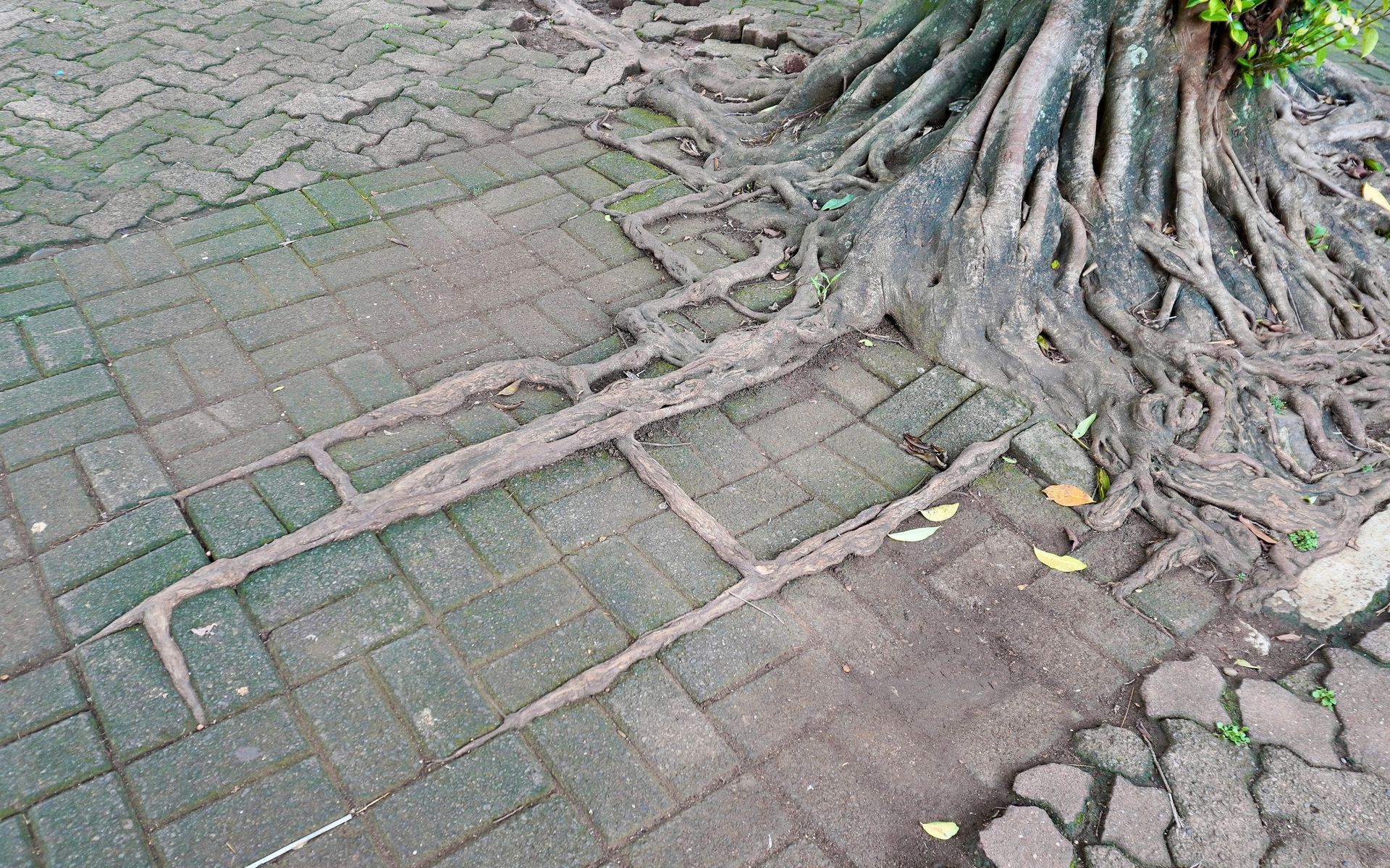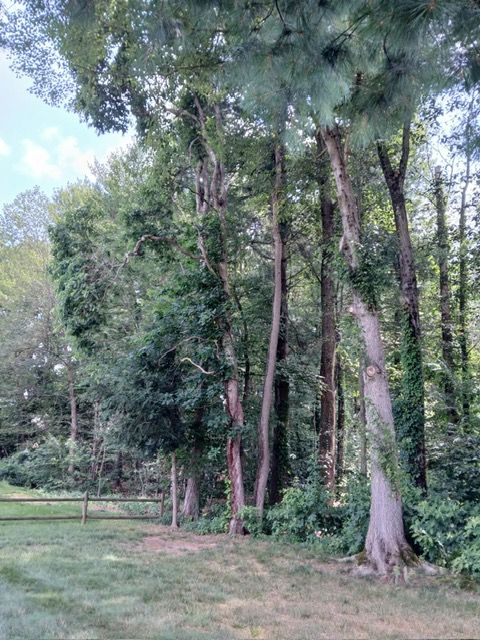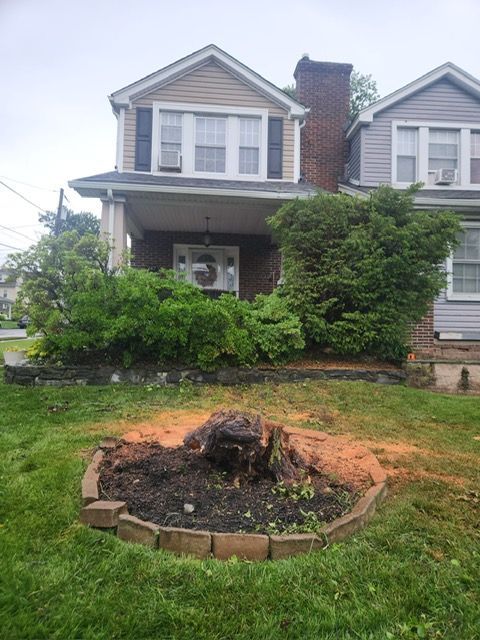The Hidden Dangers of Vines, Poison Ivy, and Invasive Bamboo in Avon, CT—And How to Remove Them
The Hidden Dangers of Vines, Poison Ivy, and Invasive Bamboo in Avon, CT—And How to Remove Them
"Invasive species are the second biggest threat to biodiversity worldwide—right behind habitat destruction."
Take a drive through any neighborhood in Avon, CT, and you’ll spot it. Thick vines strangling mature trees. Poison ivy creeping along fences and tree trunks. Walls of bamboo pushing beyond property lines like something out of a horror movie.
It’s not just an eyesore. These invasive plants quietly wreak havoc on trees, property, and ecosystems. And in a town like Avon—where dense woods meet residential neighborhoods—the problem spreads fast if ignored.
This isn’t just landscaping. It’s about tree health, property value, and safety.
The Hidden Threat of Vines: Death by Slow Strangulation
Vines like oriental bittersweet, English ivy, and wild grape aren’t innocent. They look picturesque at first glance, but they cause serious damage:
- They strangle trunks and limbs. Vines wrap tightly, cutting off the flow of nutrients.
- They steal sunlight. Thick vine growth shades the tree’s canopy, weakening photosynthesis.
- They add dangerous weight. When storms hit—which we know happens often in Avon—vines act like sails, increasing the chance of limb failure or full tree collapse.
Vines are especially aggressive after storms when weakened trees become more vulnerable. Ignoring them can lead to tree death or costly removals.
Poison Ivy in Avon: More Than a Rash
It’s everywhere. Climbing, sprawling, lurking. And most people don’t realize:
- It climbs trees. Those hairy, rope-like vines on a tree? Probably mature poison ivy.
- It damages trees over time. Like other vines, poison ivy competes for nutrients, sunlight, and moisture.
- It’s a health hazard. The oil (urushiol) that causes painful rashes lingers on dead plants, tools, gloves, and even pets for up to five years.
Trying to pull it without protective gear? You’re playing with fire. Breathing in smoke from burning poison ivy can lead to severe lung irritation and damage.
Bamboo: The Avon Invader That Won’t Quit
Think bamboo belongs in tropical jungles or fancy garden designs? Think again. In Avon, CT, bamboo has become a real problem—especially species like running bamboo (Phyllostachys aurea).
- It spreads aggressively underground. Its rhizomes travel 20-30 feet or more from the original patch.
- It ignores property lines. Your neighbor’s bamboo could soon be your problem.
- It damages infrastructure. We’ve seen it break through fences, patios, driveways, and even threaten home foundations.
- Cutting it back? Temporary. Bamboo laughs at that. The only permanent solution is full rhizome removal and installation of physical barriers.
In fact, several Connecticut towns—including nearby West Hartford and Simsbury—have proposed or enacted regulations on invasive bamboo because of the damage it causes. Avon isn’t far behind.
How to Remove Vines, Poison Ivy, and Bamboo—The Right Way
1. Vine Removal:
- Sever the vines at the base. Start by cutting them near ground level to immediately stop nutrient flow.
- Leave the upper vines to die. Pulling them down can damage tree bark. They’ll naturally dry and fall off over time.
- Dig out the roots. Or use a targeted, tree-safe herbicide for stubborn species.
- Schedule regular maintenance. Vines can regrow fast if even a small root segment remains.
2. Poison Ivy Removal:
- Full PPE is non-negotiable. Gloves, long sleeves, disposable coveralls, eye protection.
- Cut vines at ground level. Never rip them down from trees.
- Apply a strong brush killer directly to the fresh cuts and surrounding roots.
- Bag everything securely. Poison ivy cannot be composted—dispose of it properly.
- Clean all tools with rubbing alcohol or similar solvents to remove urushiol oil.
Even seasoned DIYers often regret tackling poison ivy themselves—it’s one job we strongly recommend leaving to pros.
3. Bamboo Control:
- Excavate every rhizome. This isn’t easy—it means digging 2–3 feet deep and following every runner.
- Install rhizome barriers. These should be heavy-duty plastic or metal barriers buried at least 30 inches deep and angled outward.
- Commit to regular mowing. Any shoots that break through must be cut immediately to exhaust the root system.
- Expect follow-up treatments. Bamboo is persistent. It may take multiple seasons to fully eradicate.
Why It’s More Than Just Curb Appeal
Unchecked vines, poison ivy, and bamboo don’t just look bad—they create:
- Liability risks. Falling trees or branches during storms cause property damage or injury.
- Health hazards. Poison ivy isn’t something to play with, especially around kids and pets.
- Property damage. Bamboo cracks foundations, lifts patios, and overruns septic fields.
- Lower property values. A yard overrun with invasives is a major red flag for buyers.
Serving Avon, CT: We’ve Seen It All
At Big A's Avon Tree Service, we know how fast these problems spread in Avon’s neighborhoods. Our team uses safe, efficient removal techniques to eliminate vines, poison ivy, and bamboo—without harming your trees or property.
We offer:
- Full property assessments
- Safe poison ivy remediation
- Bamboo removal with barrier installation
- Preventative tree care to stop vine regrowth
Take Back Your Yard Today
Don’t let invasive plants choke out your yard’s beauty and health. Contact Big A's Avon Tree Service today for a free consultation in Avon, CT. Let’s reclaim your space—safely and permanently.
